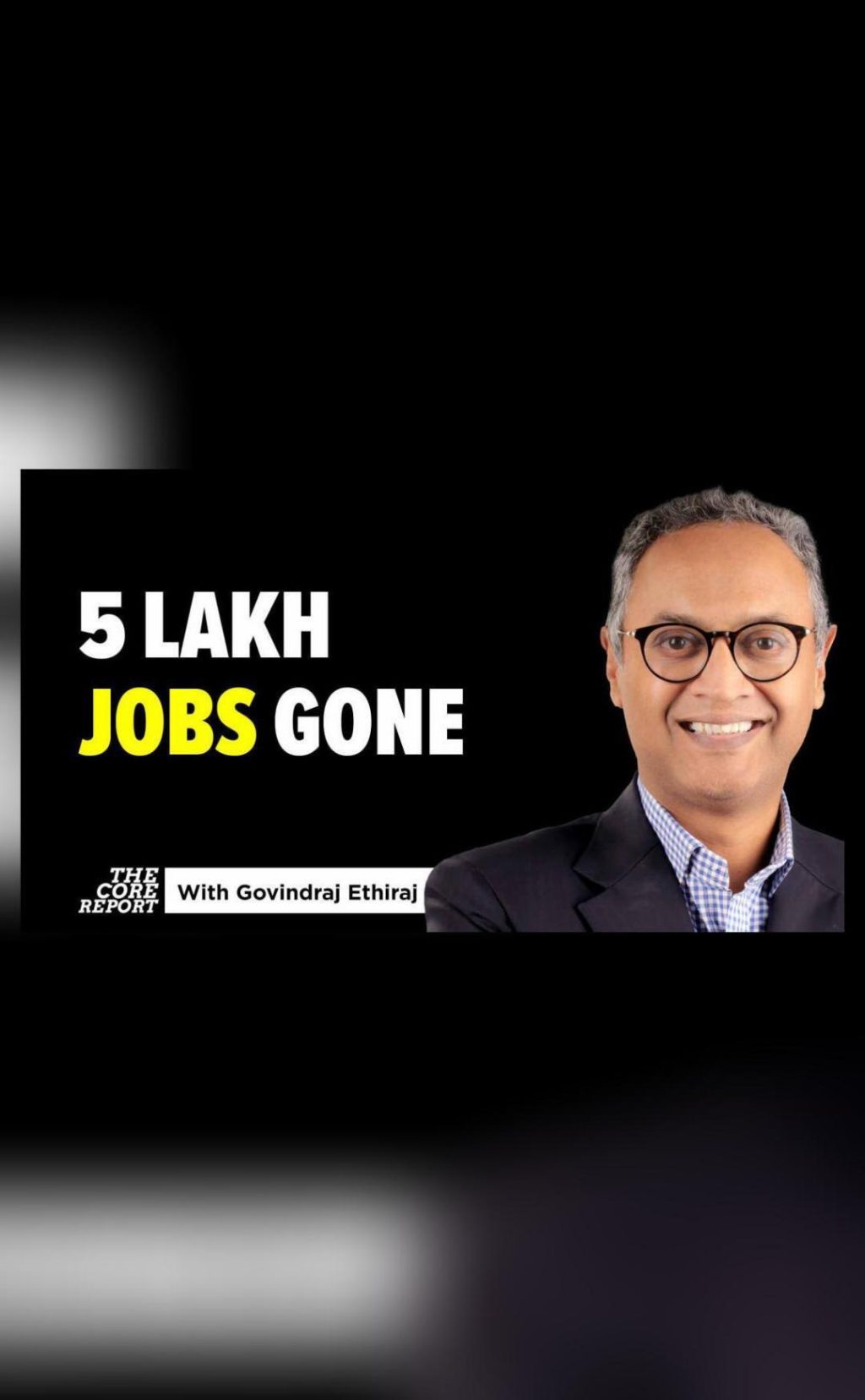
Cable TV Loses 5 Lakh Jobs as Digital Platforms Take Over
The Indian pay TV sector has been facing a significant crisis in recent years, with over 5 lakh jobs lost in the last seven years alone. This staggering figure is a direct result of the sharp decline in subscribers, driven primarily by the rise of over-the-top (OTT) streaming services, smart TVs, and free satellite services. The sector’s revenue has taken a hit as well, with a 16% decline since 2019.
The decline of cable TV is not just a victim of changing consumer habits; it’s also a harbinger of a broader digital disruption that is transforming the way we consume media. The rapid shift towards digital platforms has left cable TV struggling to keep up, and it’s not just the industry that’s affected – it’s also the thousands of workers who have lost their jobs.
According to a recent report, the number of cable TV subscribers in India has been declining steadily since 2015. In 2015, there were approximately 70 million subscribers, but by 2022, that number had dropped to around 45 million. This translates to a decline of over 25 million subscribers in just seven years.
The impact on the workforce has been severe, with many workers losing their jobs or being forced to retrain for roles in the digital media sector. The loss of jobs has been felt across the industry, from cable TV operators to content creators and distributors.
The decline of cable TV can be attributed to several factors. One of the primary reasons is the rise of OTT streaming services such as Netflix, Amazon Prime, and Hotstar. These services offer a wide range of content, including TV shows, movies, and sports, and are available at a fraction of the cost of traditional cable TV.
Another factor is the increasing adoption of smart TVs, which allow consumers to access streaming services directly on their TVs without the need for a separate set-top box. Smart TVs have become increasingly popular in recent years, and many consumers are opting for this option over traditional cable TV.
Free satellite services have also played a significant role in the decline of cable TV. Many consumers are opting for free satellite services, such as Doordarshan and DD Free Dish, which offer a range of TV channels and programs without the need for a subscription.
The decline of cable TV has significant implications for the industry and the workforce. The sector’s revenue decline is expected to continue, and cable TV operators are struggling to adapt to the changing landscape. Many are offering bundled packages with internet and mobile services in an effort to stay relevant, but this may not be enough to stem the decline.
The impact on the workforce is also significant. Many workers in the cable TV sector are unskilled or semi-skilled, and may not have the necessary skills to adapt to the digital media sector. This has led to a shortage of skilled workers in the industry, making it difficult for cable TV operators to fill vacancies.
The decline of cable TV also highlights the need for workforce upskilling and adapting to a post-linear media landscape. The industry needs to invest in training programs that equip workers with the necessary skills to succeed in the digital media sector.
In conclusion, the decline of cable TV in India is a significant challenge for the industry and the workforce. The sector’s revenue decline is expected to continue, and cable TV operators are struggling to adapt to the changing landscape. The impact on the workforce is also significant, with many workers losing their jobs or being forced to retrain for roles in the digital media sector.
The industry needs to invest in training programs that equip workers with the necessary skills to succeed in the digital media sector. This will not only help workers adapt to the changing landscape but also ensure the long-term survival of the industry.
Source: https://youtu.be/AMHTmYb_Hz8






